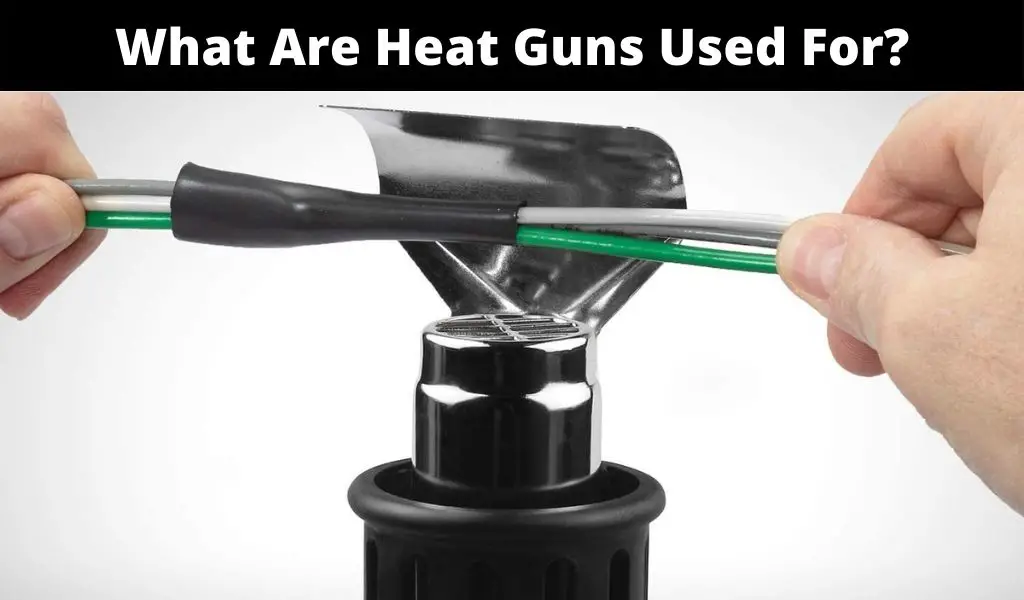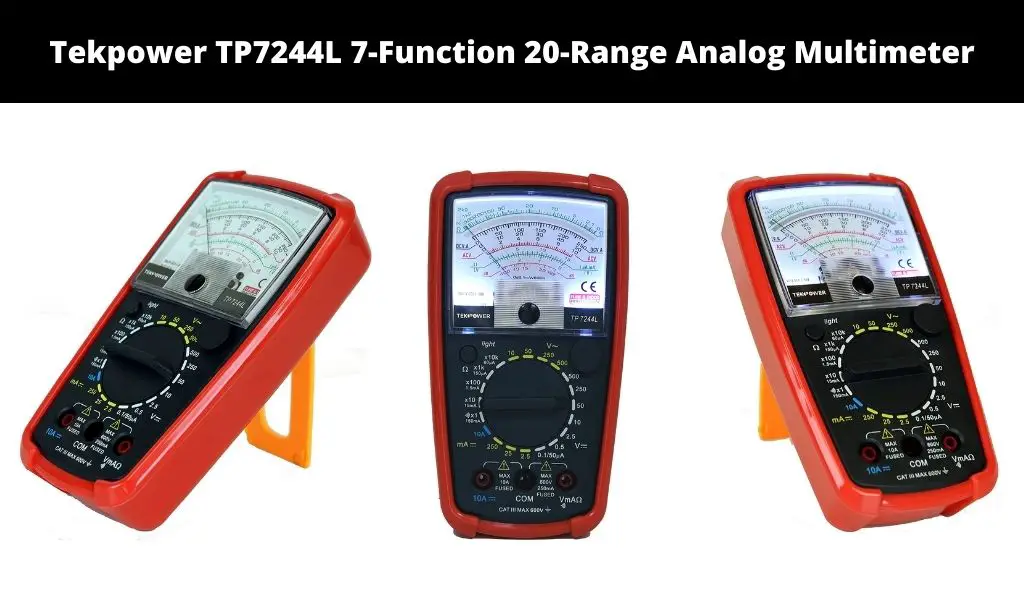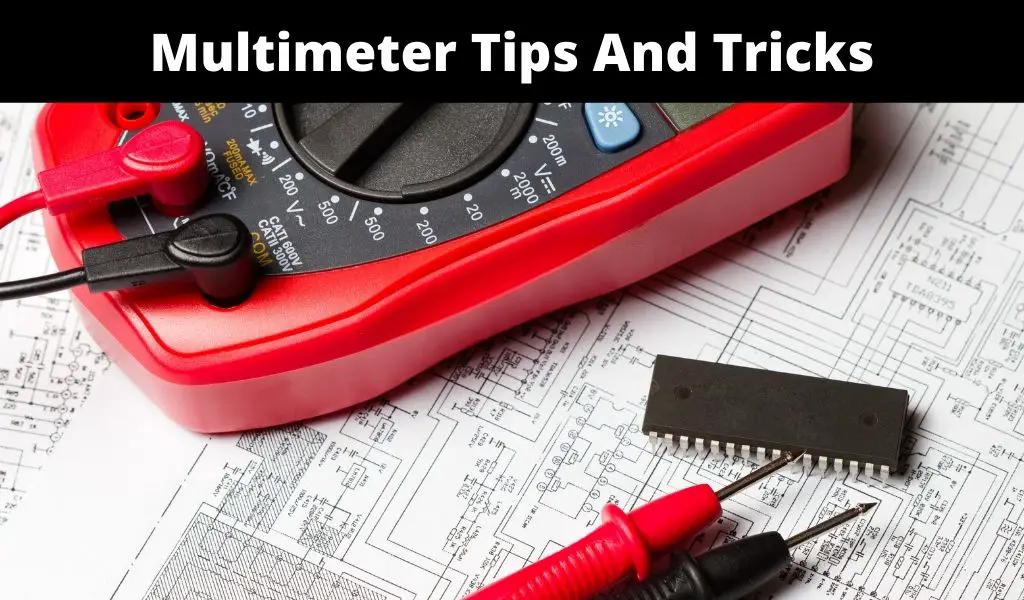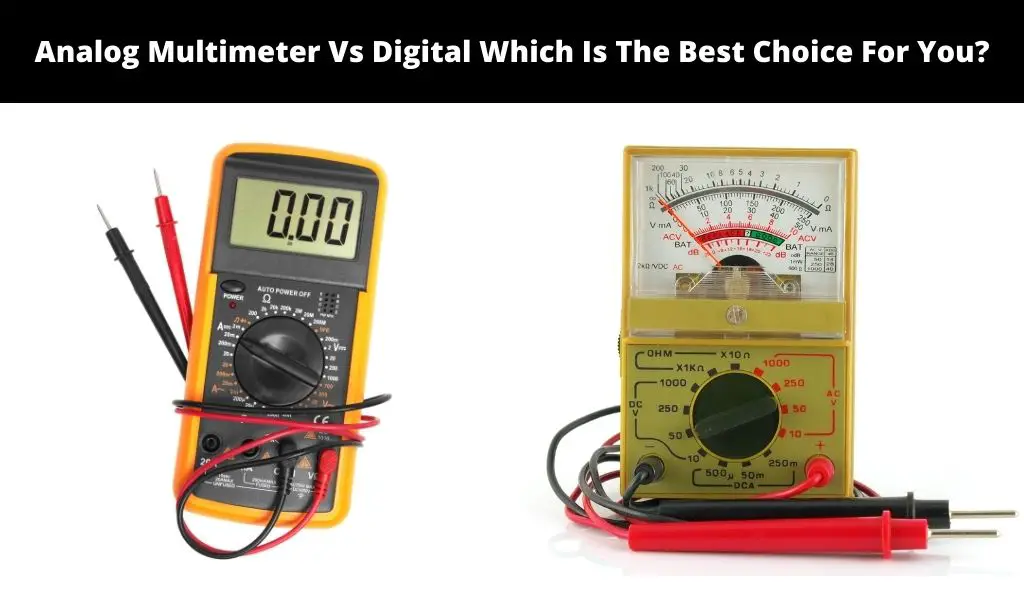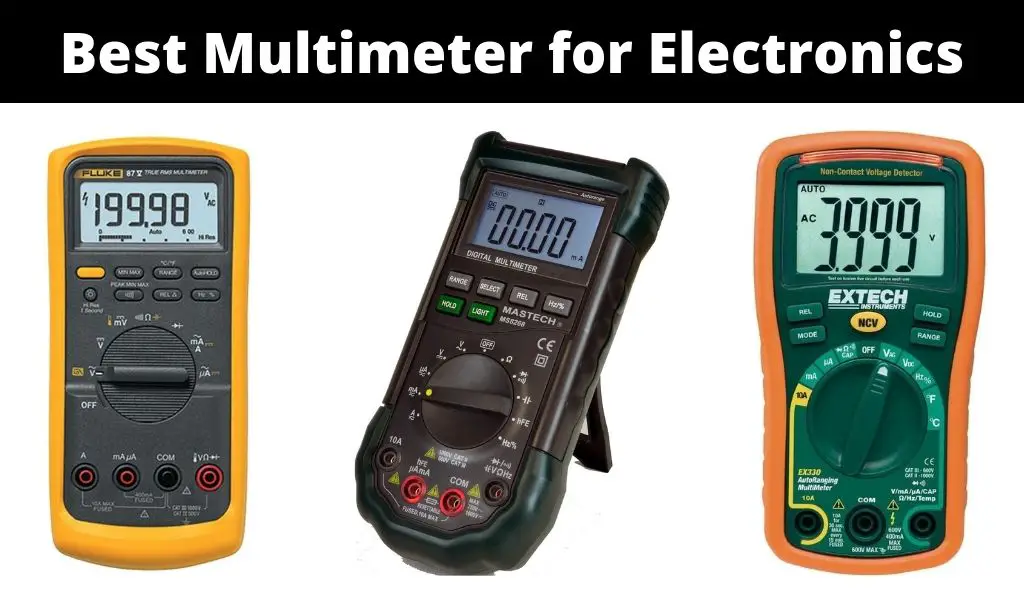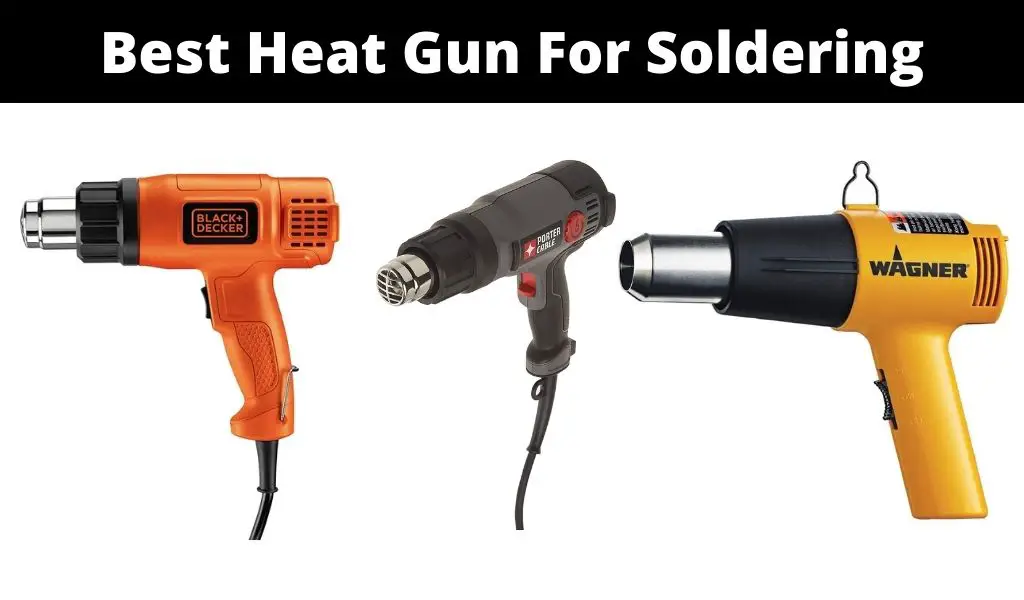A heat gun is a handheld device that blows hot air at temperatures between 100F and 1000F, and are typically found in labs and workshops. It is an amazing tool to use for electronics when you need to heat up a joint for soldering/desoldering or shrink heat-shrink tubing around a stripped wire. Besides electronics, they can be used to strip paint or wallpaper, remove product labels, soften super glue, apply or remove vehicle decals, thaw frozen pipes, remove flooring, repair furniture, and more.
Continue to read below to see how a heat gun can be used in each application!
1. Electronics
When soldering, a heat gun can be used in conjunction with a soldering iron to heat large components or areas of a circuit board that require high amounts of heat to solder. The heat gun can help to evenly distribute heat, making it easier to achieve a clean and strong solder joint.
When repairing or upgrading electronics, a heat gun can be used to remove stubborn components that are attached to a circuit board. By heating the component and the surrounding area, the heat gun can soften the adhesive or solder, making it easier to remove the component without damaging the circuit board.
Heat guns can be used to shrink tubing onto wires or other components, providing insulation or protection. By heating the tubing with a heat gun, it shrinks and conforms to the shape of the component, providing a secure and tight fit.
2. Replace iPhone Screen
Replacing an iPhone screen requires some expertise, and it is a delicate process. The heat gun could easily damage other components of the phone or even cause injury to the person attempting the repair.
It is recommended to have the screen replaced by a professional technician who has the proper tools and experience to perform the repair safely and correctly. This will help ensure that your phone is not further damaged during the repair process and that the new screen is installed properly, which is essential for the phone to function correctly.
3. Removing Old Wallpaper
Heat guns are effective when it comes to softening glue or adhesive. That’s why it can be used to remove old wallpaper since it melts the adhesive and detaches the paper from the wall.
4. Stripping Paint
When it comes to stripping old paint from woodwork or certain furniture, heat guns are quite effective and safer. The heat softens and melts the paint, making it easier to remove with a scraper or putty knife. It is much safer compared to traditional methods which which use harsh chemicals or other types of paint solvents.
5. Shrink Plastic Tubing
Heat guns work wonders when you are thinking about shrinking plastic tubing or connectors such as those used for PVC. The heat makes the plastic more pliable which makes it easier to bend or shape the plastic to fit. With a little practice, you can bend pieces of PVC pipes so you don’t have to use any kind of elbow joints or adhesives.
6. Dry Paint or Epoxy
If you don’t have the time to wait for the paint or epoxy to dry, a heat gun is the best tool for the job. However, it is important to use caution when using a heat gun for this purpose, as too much heat can cause the paint or epoxy to bubble, crack, or even ignite.
When using a heat gun to dry paint or epoxy, it is recommended to start with the lowest heat setting and gradually increase the heat if necessary. It is also important to keep the heat gun moving continuously to prevent overheating any one area. Additionally, it is recommended to wear protective gloves and eyewear to prevent burns or injury.
It is important to note that while a heat gun can help to speed up the drying process of paint or epoxy, it should not be used as a substitute for proper curing time. Curing time is the amount of time required for the paint or epoxy to fully dry and harden. Using a heat gun may help to dry the surface, but the paint or epoxy may not be fully cured beneath the surface, which can lead to issues later on. It is always best to follow the manufacturer’s recommended curing time to ensure the best results.
7. Plastic Welding
Heat guns are great when you need to create a strong, lasting bond between different types of plastics. Simply hold the two plastics that you want to weld together and move it slowly and evenly along the seam to be welded. As the plastic begins to melt, press the two pieces together with a roller or other flat tool. Once you are done heating the seam, allow the material to cool.
8. Removing Stickers and Decals
When you heat the adhesive or glue on a sticker or decal, they can be removed more easily. This is typically done to remove them from a vehicle.
When the sticker or decal is removed, you can use any kind of specialized solvent to remove the sticky residue that is still left over.
9. Thaw Frozen Pipes
Another great use of heat guns that many people find helpful is thawing frozen pipes which can save time and money on expensive repairs. Be careful if the pipe is plastic as you don’t want to damage it from the heat.
10. Mold Removal
Heat guns can be used to kill mold and mildew. By directing hot air onto the affected area, the heat gun can kill the mold and dry out the surface to prevent regrowth.
Conclusion
Heat guns are useful and effective tools for both industrial and home settings. With its many uses and benefits, a heat gun is a must-have tool for any homeowner or technician. If you are interested in purchasing a heat gun, be sure to check out our article on our top picks for heat guns!

